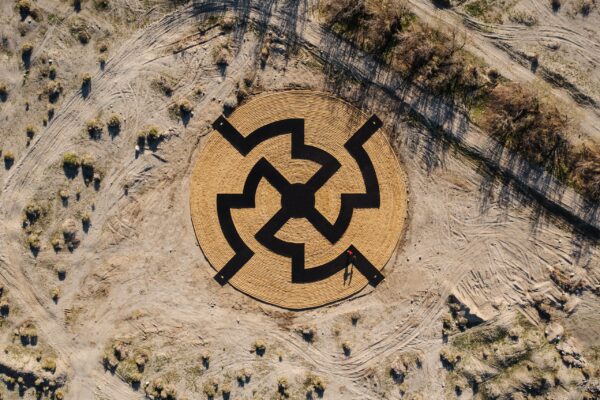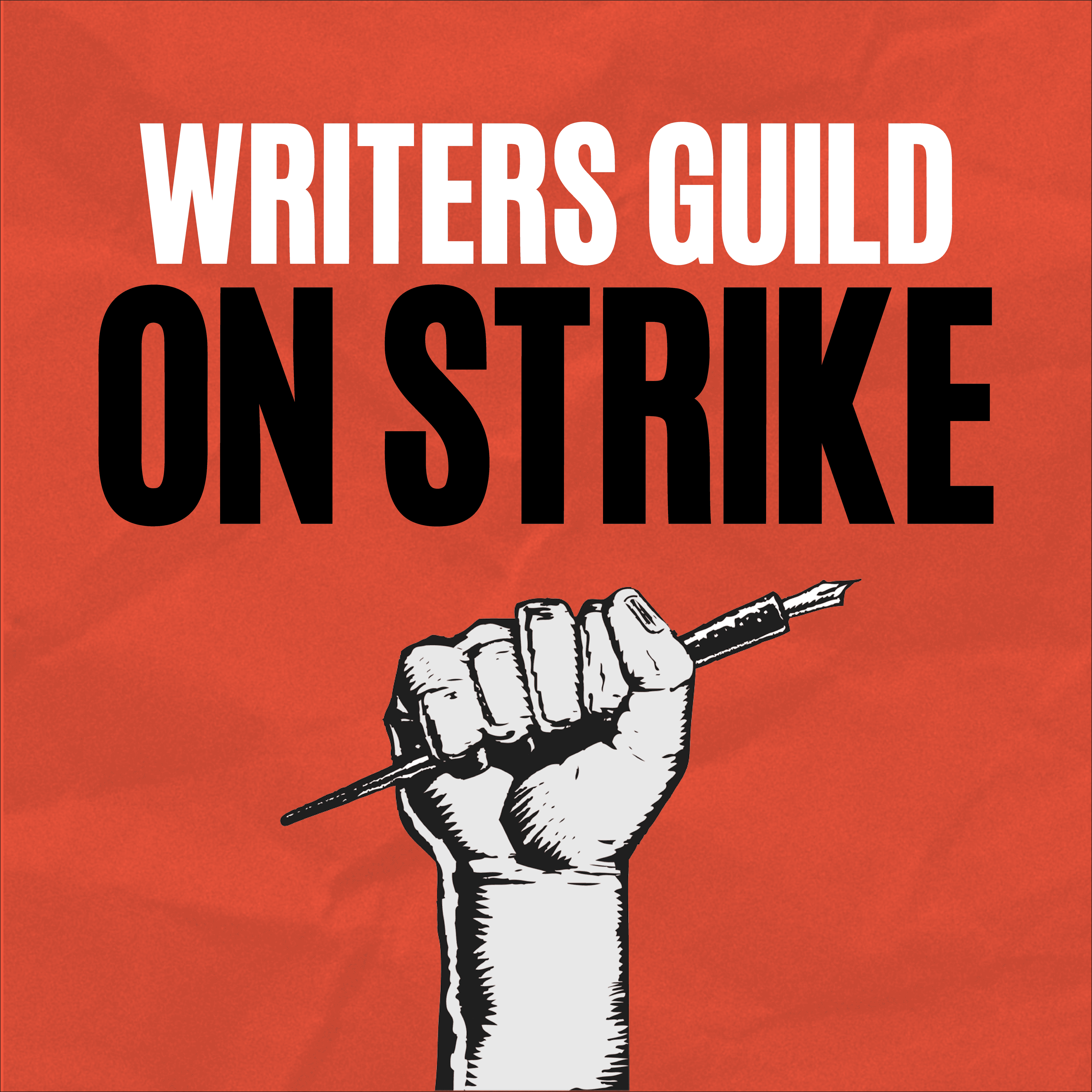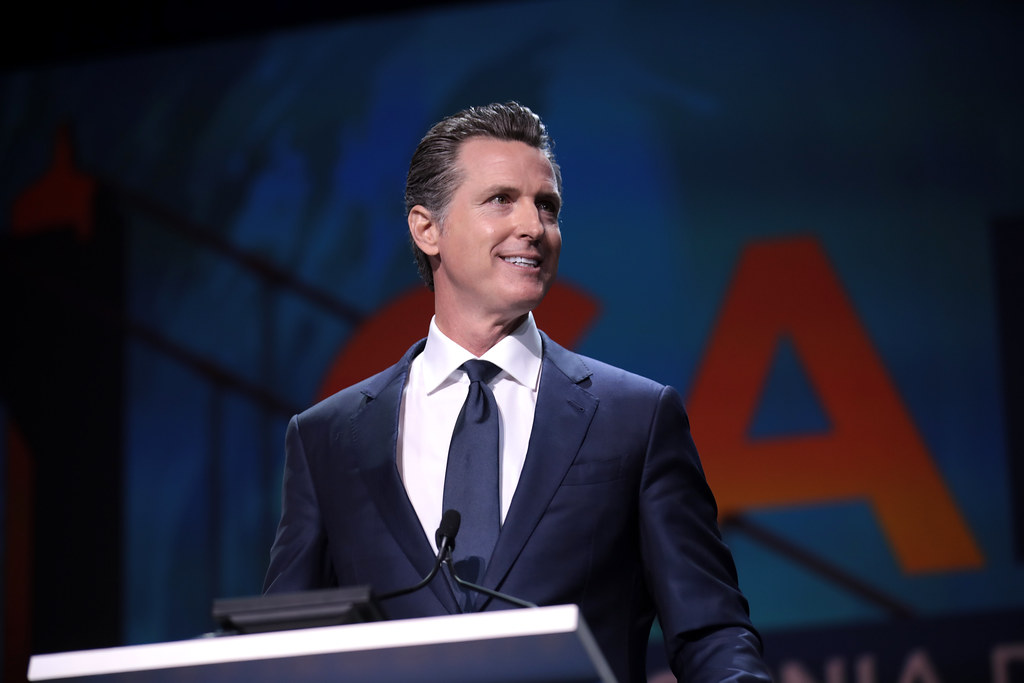Desert X, a biennial outdoor art exhibition in the Coachella Valley featuring a dozen artists from Europe, North America and South Asia will come to an end Sunday with artist-led public programming and events throughout the weekend.
The closing events will get underway as early as 9 a.m. Saturday with a walk and talk to Matt Johnson’s “Sleeping Figure” installation, a cubist rendition of classical odalisque featuring shipping containers, according to exhibition officials. He will discuss the conceptualization, art historical themes and production while botanist Ron Florance shares information about desert ecology, geology and this year’s super bloom.
Following the walk and talk, architect Marina Tabassum will present her film “Khudi Bari” at 2 p.m. at the Annenberg Theatre, then she will lead a conversation with artist Torkwase Dyson and exhibition co-curator Diana Campbell about how architectural and spatial practices create geometries of inclusion, shelter and freedom, exhibition officials said.
Tobassum’s Desert X installation “Khudi Bari” is a modular mobile home that is low cost, durable and can be assembled and disassembled as a design solution for housing as the world’s climate conditions change, according to exhibition officials. Dyson’s installation “Liquid a Place” was part of an ongoing series featuring a sculptural installation that engages people as liquid beings seeking new forms.
To conclude the first day of the closing weekend, Dough Aitken and Neville Wakefield will lead a conversation at 3:30 p.m., exploring the origins of Aitken’s “Mirage” project from 2017 and the continuum between the inaugural exhibition and its newest one.
Sunday will begin at noon with this year’s Desert X Art Clubs exhibition opening featuring student and educator-led tours in College of the Desert’s Marks Art Center, 43-500 Monterey Ave. The exhibition will close out with extended viewing hours at “The Smallest Sea with the Biggest Heart,” an installation by Lauren Bon and Metabollic Studios located at 2249 North Palm Canyon Drive. The installation is a poetic object to remind viewers of society’s capacity to destroy, their connection to water and that the desert was once a sea.
Other artists who deployed their artwork across the Coachella Valley for Desert X include:
— Rana Behum with “Chainlink,” a structure appearing as a shimmering pyramidal haze of color or a chain link fence floating above the desert floor and spread across the valley;
— Gerald Clarke with “Immersion,” a giant board game with a goal to reach the center by answering questions about the traditions and histories of the Cahuilla Indians and other sovereign cultures;
— Paloma Contreras Lomas with “Amar a Dios en Tierra de Indios, Es Oficio Maternal,” a Western-meets-sci-fi, audio-visual tour of a landscape;
— Mario Garcia Torres with “Searching for the Sky (While Maintaining Equilibrium),” a herd of mechanical bulls designed to make people fall in a macho celebration of failure;
— Himali Singh Soin and David Soin Tappeser with “Namak Nazar,” immersive audio-visual environments inviting people to think about ecological loss and the loss of home;
— Tschabalala Self with “Pioneer,” an equestrian statue serving as a visual representation of the birthright and place of Native and African American women within the American landscape; and
— Hector Zamora with “Chimera,” performative art transforming street vendors into walking sculptures made of balloons as a way to question the everyday uses of materials and functions of space.







